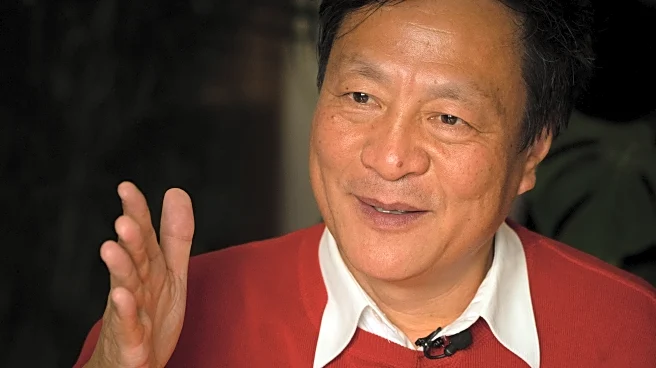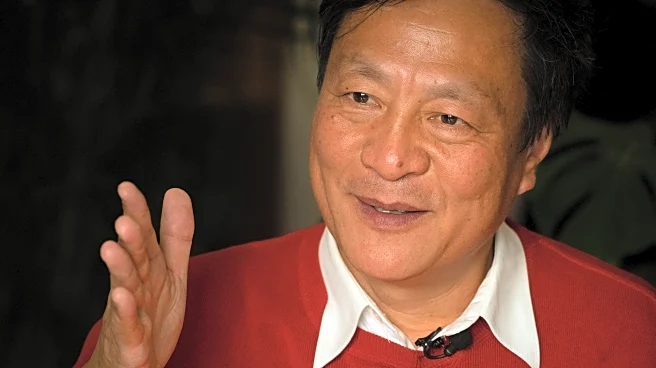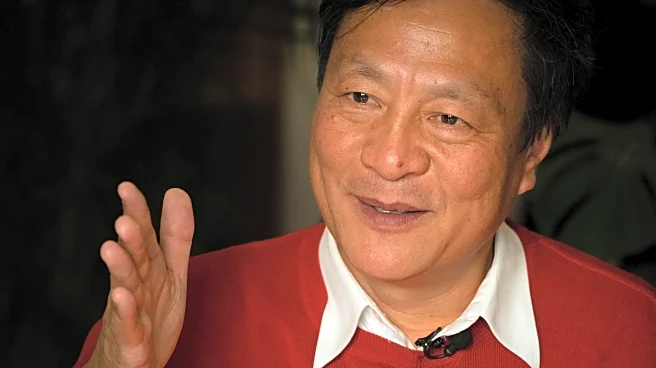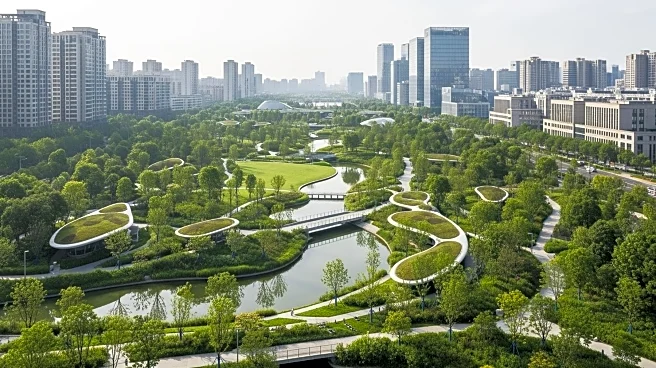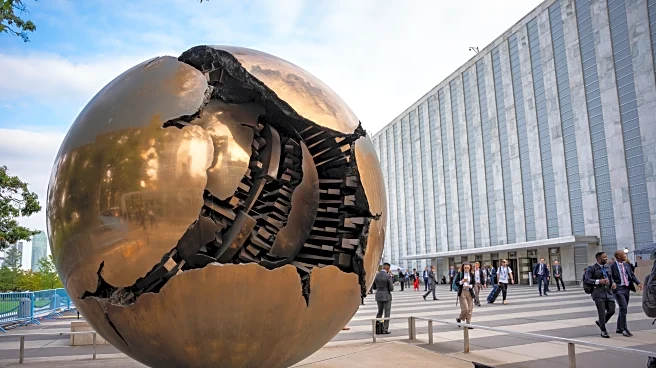What's Happening?
Chinese landscape architect and urban planner Kongjian Yu, known for his 'sponge city' concept, was among four people killed in a plane crash in southwestern Brazil. The accident occurred during a landing attempt at a farm near Aquidauana in Mato Grosso do Sul state. Yu was traveling with two Brazilian documentary makers, Luiz Fernando Feres da Cunha Ferraz and Rubens Crispim Jr., who were working on a film about the Pantanal wetlands. The pilot, Marcelo Pereira de Barros, also died in the crash. Yu's 'sponge city' concept involves creating infrastructure that absorbs rainwater to mitigate flood risks and improve urban climates, a widely cited idea in Chinese urban planning.
Why It's Important?
Kongjian Yu's contributions to sustainable urbanism and environmental protection have made him a global reference in the field. His 'sponge city' concept is particularly relevant in times of climate change, offering a solution to urban flooding and climate adaptation. Yu's work has influenced urban planning in China and other countries, including Saudi Arabia and Thailand. His death is a significant loss to the field of landscape architecture and urban planning, as his ideas continue to inspire efforts to create more resilient and sustainable cities.
What's Next?
The legacy of Kongjian Yu's work will likely continue to influence urban planning and climate adaptation strategies worldwide. His 'sponge city' concept may be further explored and implemented in cities facing flood risks and climate challenges. The documentary on the Pantanal wetlands, which Yu was involved in, may continue to raise awareness about the importance of preserving biodiversity and promoting sustainable development.
Beyond the Headlines
Yu's approach to urban planning emphasizes the integration of natural elements into city design, promoting biodiversity and ecological balance. His work challenges traditional infrastructure models and advocates for solutions that are better suited to local climates and environmental conditions. Yu's ideas may inspire future generations of architects and planners to prioritize sustainability and resilience in urban development.

